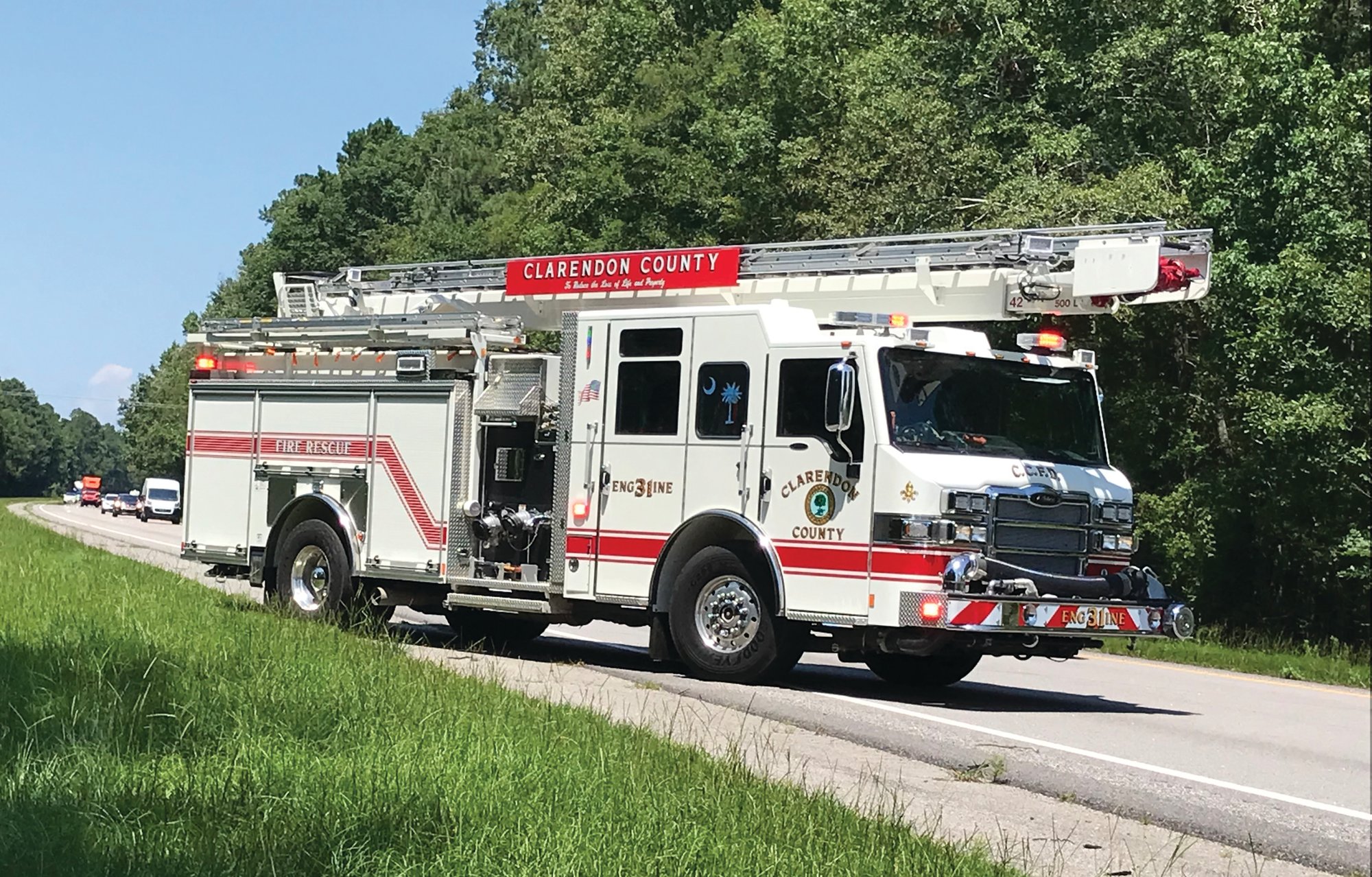Wrecks are 'hot zones' for emergency personnel
Community contributor
CLARENDON COUNTY - First responders and other emergency personnel, including firefighters, EMS, law enforcement officers and even tow-truck operators put their lives on the line every day when they step out of their vehicles into what is considered a "hot zone."
These "hot zones" can occur on any roadway, including narrow, two-lane roads, as well as interstate and multi-lane highways where traffic is traveling up to 70 miles per hour or more within feet - maybe inches - of emergency personnel. The force of the wind from larger vehicles such as tractor trailers and box trucks can buffet emergency personnel as they provide medical assistance.
Injury and death of first responders, other emergency personnel and sometimes victims are occurring on the state's roadways. Careless driving is often the culprit. Some drivers are not paying attention to their surroundings or are in too big of a hurry to get to their destination.
Many wrecks involving emergency vehicles and/or personnel can be avoided thanks to a the "Move Over" law. Drivers coming up on a scene where an emergency vehicle - fire engines, law enforcement vehicles, ambulances, etc.- are blocking the highway, should slow down, stop and proceed through the area carefully as instructed by the emergency personnel on scene.
In Clarendon County, emergency personnel have witnessed firsthand drivers attempting to avoid roadways that were blocked by emergency vehicles because paramedics and first responders were on scene actively rendering first aid and medical assistance to injured individuals. Sometimes it may be an inconvenience to wait, but it's better to wait and help save a life than to take the attention of emergency personnel away from the wreck scene. Fire responders don't need to stop what they're doing to attend to drivers who are attempting to get past the scene by driving around the scene of the wreck.
"I've witnessed this multiple times in my career," said CCFR Chief Michael Johnson. "It's a very heart-wrenching sound when you hear brakes squealing and people yelling at emergency scenes when you are already devoted to patient care."
Clarendon County Fire Rescue has Facebook and Twitter accounts where road closures and safety hazards are posted. When posting these incidents on social media, they often ask individuals to avoid the areas impacted if possible or use caution when in those areas. CCFR shares information in a timely manner and updates the situation when needed. CCFR will not release information specific to the incident out of respect to the families and individuals involved.
CCFR urges drivers to "pull to the right" when they see a fire engine, ambulance or any emergency vehicle running lights and sirens approaching from behind or in front.
"Someone is having perhaps the worst day of their life," said Lt. April Conyers, CCFR education / information officer. "Don't make it worse. Give us the space that we need to do our job safely so that we can protect others."
More Articles to Read

